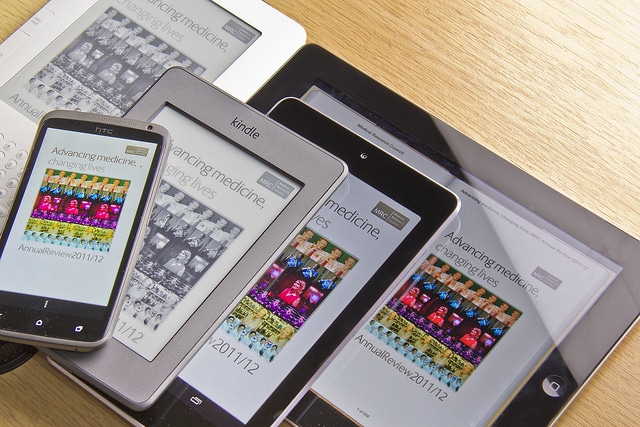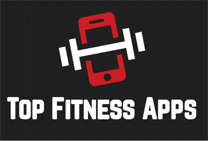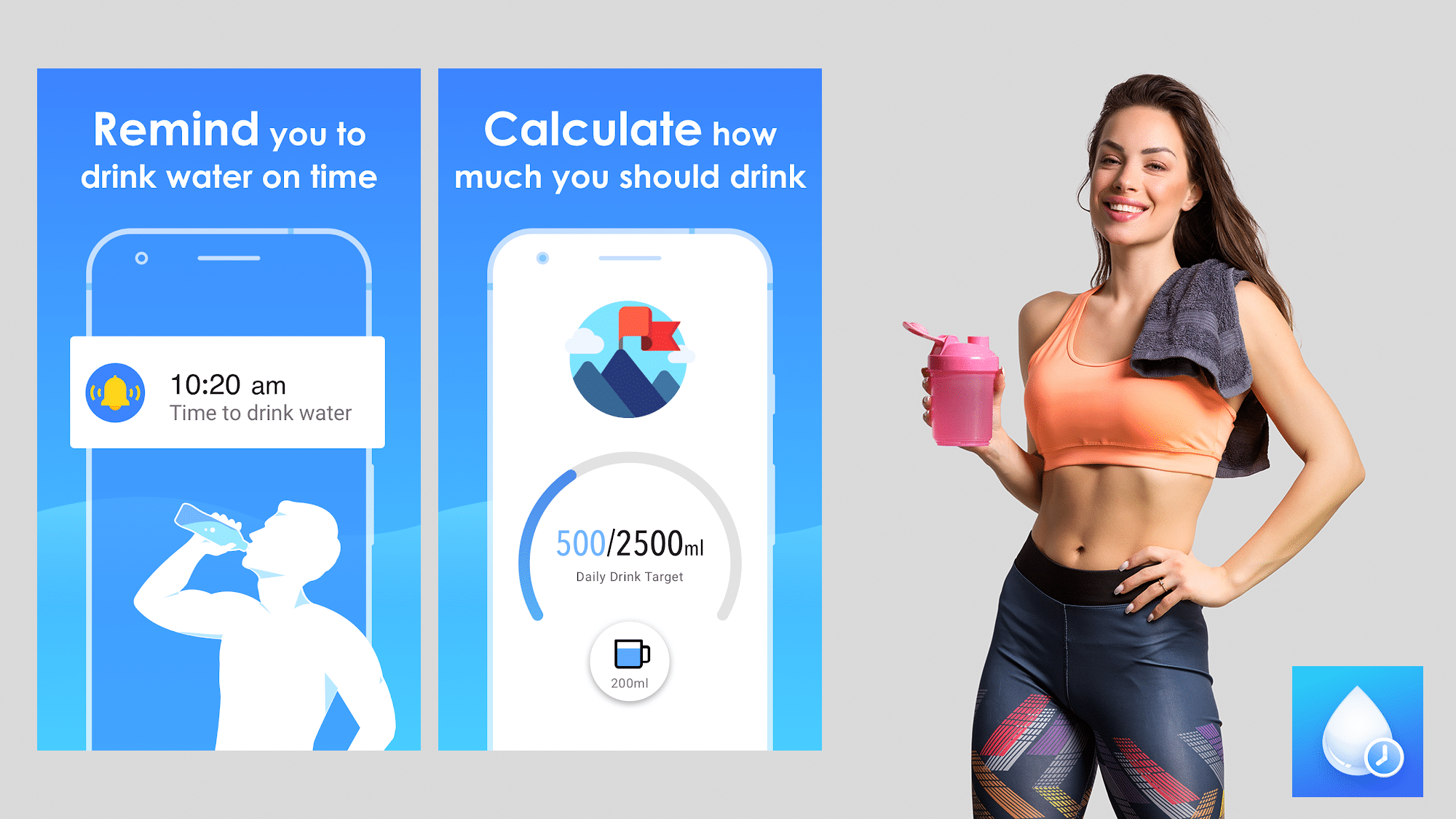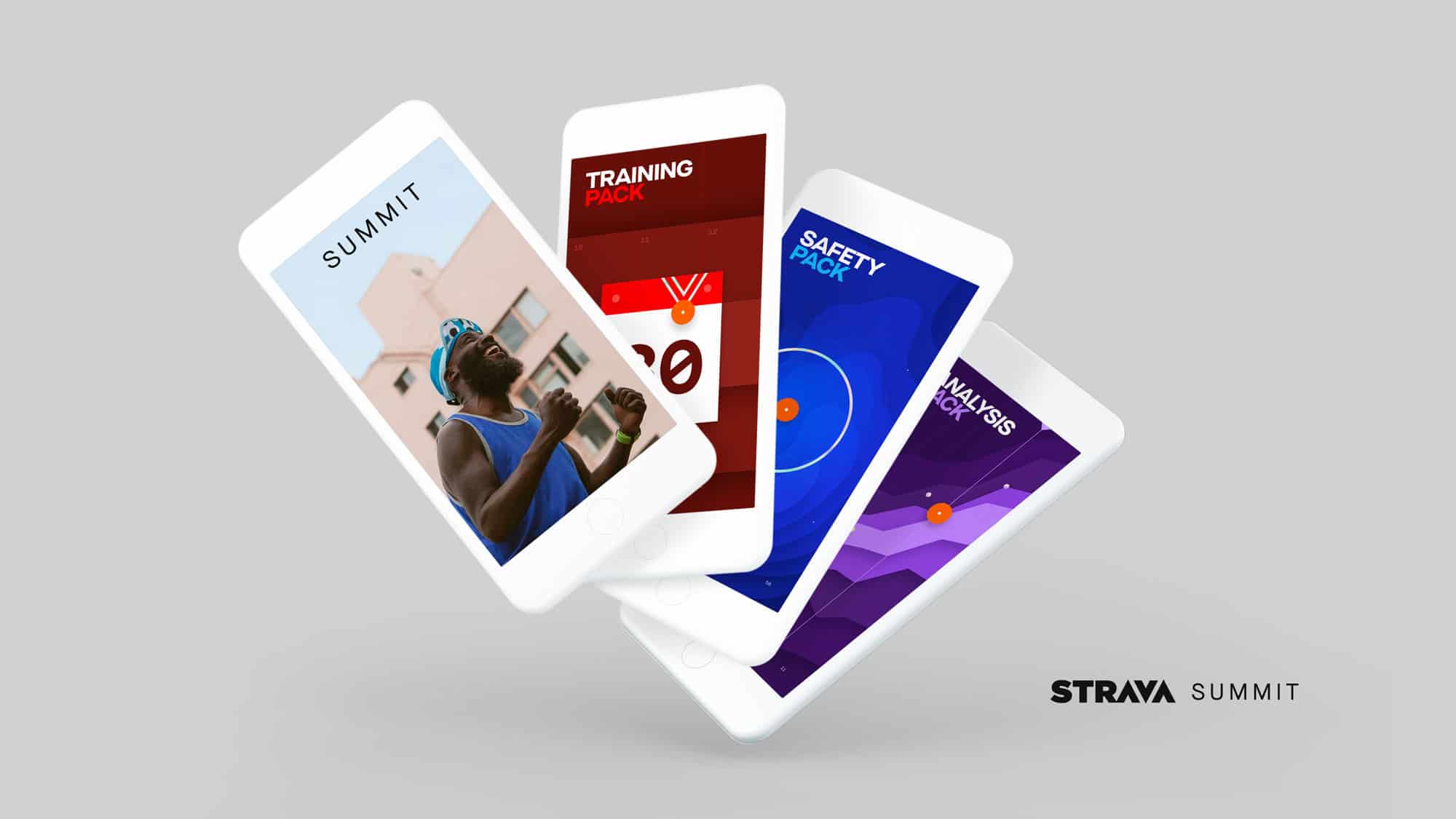 One of the most recent news in the mobile industry was the revelation of the Ebola-proof tablets under the Google banner. The device is said to assist scientists and doctors in analyzing the disease as well as recording facts about the patients carrying the deadly virus. Initial devices were provided to the medical team in Sierra Leone to assist them in collecting data of the patients there.
One of the most recent news in the mobile industry was the revelation of the Ebola-proof tablets under the Google banner. The device is said to assist scientists and doctors in analyzing the disease as well as recording facts about the patients carrying the deadly virus. Initial devices were provided to the medical team in Sierra Leone to assist them in collecting data of the patients there.
Based on the report by Android Authority, the Ebola-proof gadget was made out of the Sony Xperia tablet with additional layers of protective covering and wireless charging capabilities to lessen the need to open the device. The ultra-sealed cover allows scientists to soak the device in chlorine to fully decontaminate the tablet after being exposed to patients with the virus. The sharp edges of the gadget were also removed to avoid piercing the protective clothing of the workers.
With the revelation of this new form of digital health device, it is expected that more innovative technologies will be launched on the market soon to assist medical practitioners as well as consumers in tracking their health.
Tablets
Tablets on the market today are more powerful than their predecessors, with bigger screens and better specifications than the devices revealed a few years back. We are not only looking at gadgets with 7-inch screens, but there are some with more than 10-inch displays on the market. In fact, reports have it that Apple is working on the iPad Pro that boasts a 12-inch screen (close to the size of laptops today).
These devices are maximized in hospitals in two ways: (1) Accessing patients’ data, and (2) Recording and accessing medical images. First, doctors and nurses are able to retrieve patients’ information in real-time and efficiently via these devices by accessing through the hospitals online portal or server. Lastly, digital health images are able to be viewed by physicians even when they are assisting patients remotely, which is necessary when an emergency arises. It is expected that displays in hospitals will be replaced by tablets in the not too distant future.
Smartphones
Smart handsets are now widely maximized for monitoring health as it works closely with wearables in providing vital health information about its users. Many are also using this device, while strapped on their wrists, as a pedometer and an accelerometer to track the number of steps and gather as much data on the calories they’ve burned. With the help of top fitness applications, smartphones have become more proficient in monitoring the wellness of people from their food intake to calories burned per day, and even data about speed and distance of their walk and run.
Mobile phones have also paved the ways for better health assistance provided by medical specialists. In the United Kingdom, O2 works closely with the National Health Service (NHS) to provide doctors with mobile devices, which allows them to provide quick, real-time medical assistance to patients who are no longer able to visit hospitals. Clinics were also reported to have been provided with devices, which guarantees less time spent on admin and more time for patient care.
Wearables
Digital health is now made more possible with the consumer-owned wearable devices that assists its users to track and monitor their health in real-time. Wearables, particularly the smart wristwatches, are said to receive a growth in sales and demand this year. Gartner reported that 50% of people will opt for smartwatches than fitness band, as the former offers similar health benefits but with more mobile functions.
Growth in the demand of wearables will also be apparent this year, especially with the release of the much-awaited Apple Watch. However, reports about devices that are more focused on assisting specialized health will be evident in the coming years. There are smart bands such as the Embrace by Empatica which is able to help those patients with chronic seizure attacks, and Google’s smart contact lens that assist those with astigmatism and diabetic patients. Smart headsets with virtual and augmented reality experience will also find its way to assist professionals in gathering more medical information about the patient and their illness.
Digital health is expected to widen its reach in the coming years, especially with the increasing adoption and ownership of devices by the public. How do you expect digital health to revolutionize in the future?



